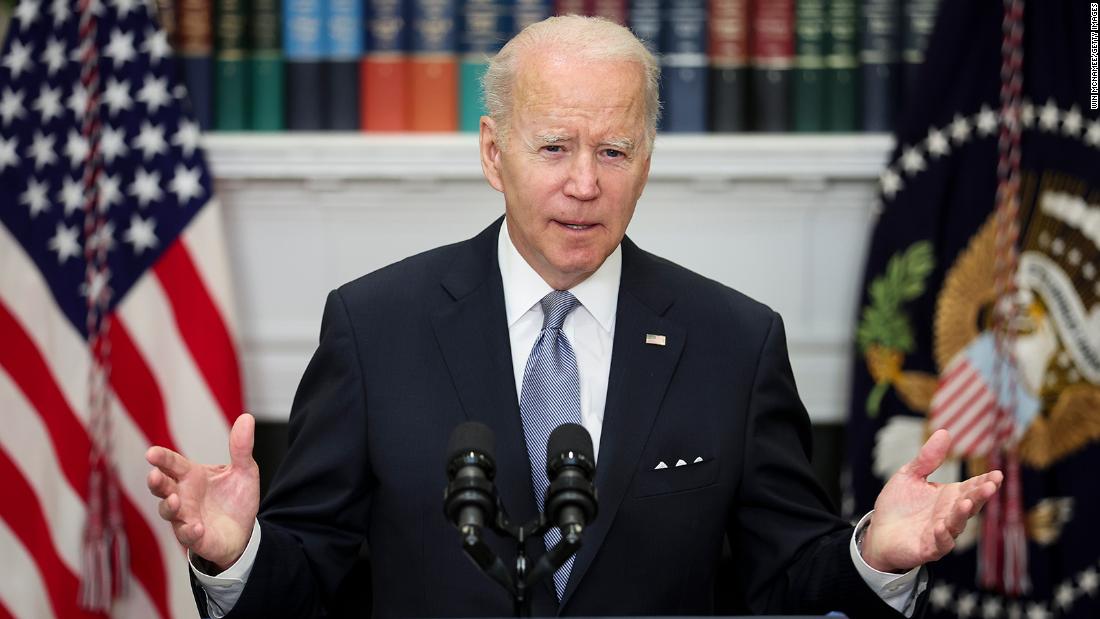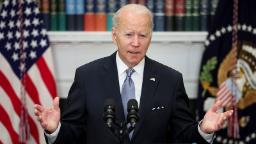

The country’s gross domestic product fell at an annualized rate of 1.4% between January and March — a stunning reversal from the 6.9% GDP growth that the US recorded in the final quarter of 2021. (The GDP is seen as a broad guide to the overall health of a nation’s economy.)
More than four in ten (42%) of Americans said that economic conditions in America were “poor,” while another 38% said that they were only “fair” in Gallup’s April survey. Just 2% said economic conditions were “excellent,” while 18% said they were “good.”)
More than three in four — 76% — of Americans said that the economy was getting worse, compared to 20% who said it was improving.
And Gallup’s Economic Confidence Index, which measures respondents’ feelings about the economy from +100 (very high) to -100 (very low), is currently at -39. (It was at -6 in July 2021.)
Add all of those factors up, and you get an absolutely toxic political environment facing President Joe Biden and Democrats as they prepare to defend their House and Senate majorities in November.
There are two factors that complicate any attempts by Biden to turn the economy — and as importantly, voters’ perceptions about it — around:
2) There are only 194 days between today and the November 2022 election. In political terms, that is a very short window to turn around peoples’ perception of the economy — particularly if inflation (and gas prices) remain anything close to their current levels.
If things stay roughly where they are today — in terms of economic measures like GDP and CPI and Americans’ perceptions of the state of the economy — Democrats will experience a cataclysm at the ballot box this fall. The question won’t be whether they hold their paper-thin majorities in the House and Senate, but rather how big the electoral hole will be that they have to try to dig out from over the coming decade.